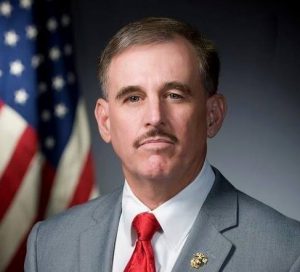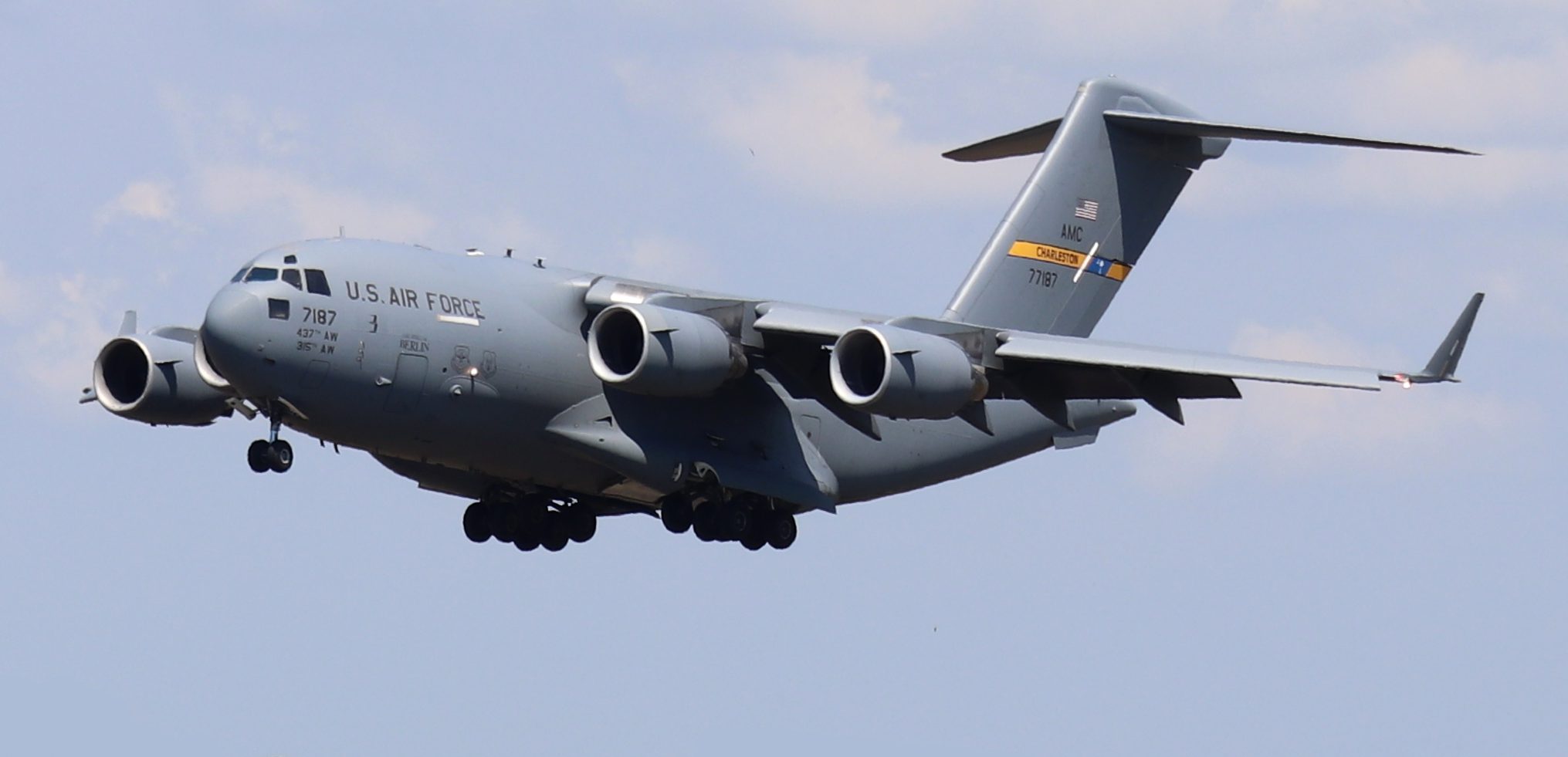GURKHAS, GUN TRUCKS, AND A C-17
One of many brief recollections of the Iraq War
By W. Thomas Smith Jr.
Less than a month from the 20th anniversary of the 9/11 terrorist attacks and the beginning of the wars that followed, got me thinking about everything I’ve personally experienced since that seminal day in history.
 We all have stories. As for my own, I’ve been recalling several experiences I had in Iraq during two trips there during the war: One of which my fellow South Carolinians might particularly enjoy. It was during the great push or “surge” against Al Qaeda in Iraq (AQI) in early 2007.
We all have stories. As for my own, I’ve been recalling several experiences I had in Iraq during two trips there during the war: One of which my fellow South Carolinians might particularly enjoy. It was during the great push or “surge” against Al Qaeda in Iraq (AQI) in early 2007.
As American and allied forces began aggressively surging against AQI’s strongholds across the country in the spring of that year, I was frequently traveling along the various main supply routes (MSRs or highways) with a group of British contract-security guys – mostly former Royal Marines, British paratroopers, SAS commandos, and a few of their fellow Gurkhas.
The Gurkhas are special Nepalese soldiers with a very colorful history. Gurkhas had been attached to the British Army since the 19th century. Brave to a fault, the late Indian Army Field Marshal Sam Manekshaw, once said, “If a man says he is not afraid of dying, he is either lying or he is a Gurkha.”
In Iraq, the Brits loved having Gurkhas around. I did too. Extremely loyal, always smiling, and famous for their wickedly curved kukri knives, they would – as one British security contractor said to me – “prevent AQI from cutting our throats as we slept at night.”
One morning during a long road trip in three large up-armored gun trucks (two of which were loaded with British contractors and one which was loaded with Gurkhas) traveling from the city of Baghdad to Basra in the south, we passed somewhere near the ruins of Babylon to the west of us. I could not see the ruins from my vantage point nor anything else for that matter: Nothing but endless desert in every direction for all 360 degrees, the gun-truck in front of us (I was in the second vehicle) and the truck with the Gurkhas behind us.
Somewhere along the route, we stopped and dismounted. Everyone took a moment to stretch their legs, breathe some fresh air, and break open some cold bottles of water from the coolers.
We felt like we were on the end of the earth, and we really were.
All at once, I looked to the north and saw a tiny speck just above the horizon. The speck drew closer and seemed to gradually grow into a giant airplane with four huge jet engines mounted beneath its wings. It was in fact a C-17 cargo plane flying very low over the desert floor, north to south, rapidly approaching us as it was probably following the same MSR we had been traveling along.
Impressed by the size, noise, and power of the plane, the Brits began cheering and pumping their fists into the air, as did the Gurkhas. As did I.
As the huge aircraft roared over us, I could clearly see “U.S. AIR FORCE” on the left side of the fuselage. But what truly struck home was what was painted on the tail of the aircraft: In big letters, it said CHARLESTON (where the aircraft was based) and had my state’s well-known palmetto tree flag painted on it.
That moment, in the middle of a war with foreign forces, in the middle of the desert, on the ends of the earth, and with a plane roaring above us emblazoned with that particular city name and flag, was, as you might imagine, emotionally stirring for a boy from South Carolina.
– Visit W. Thomas Smith Jr. at http://uswriter.com
